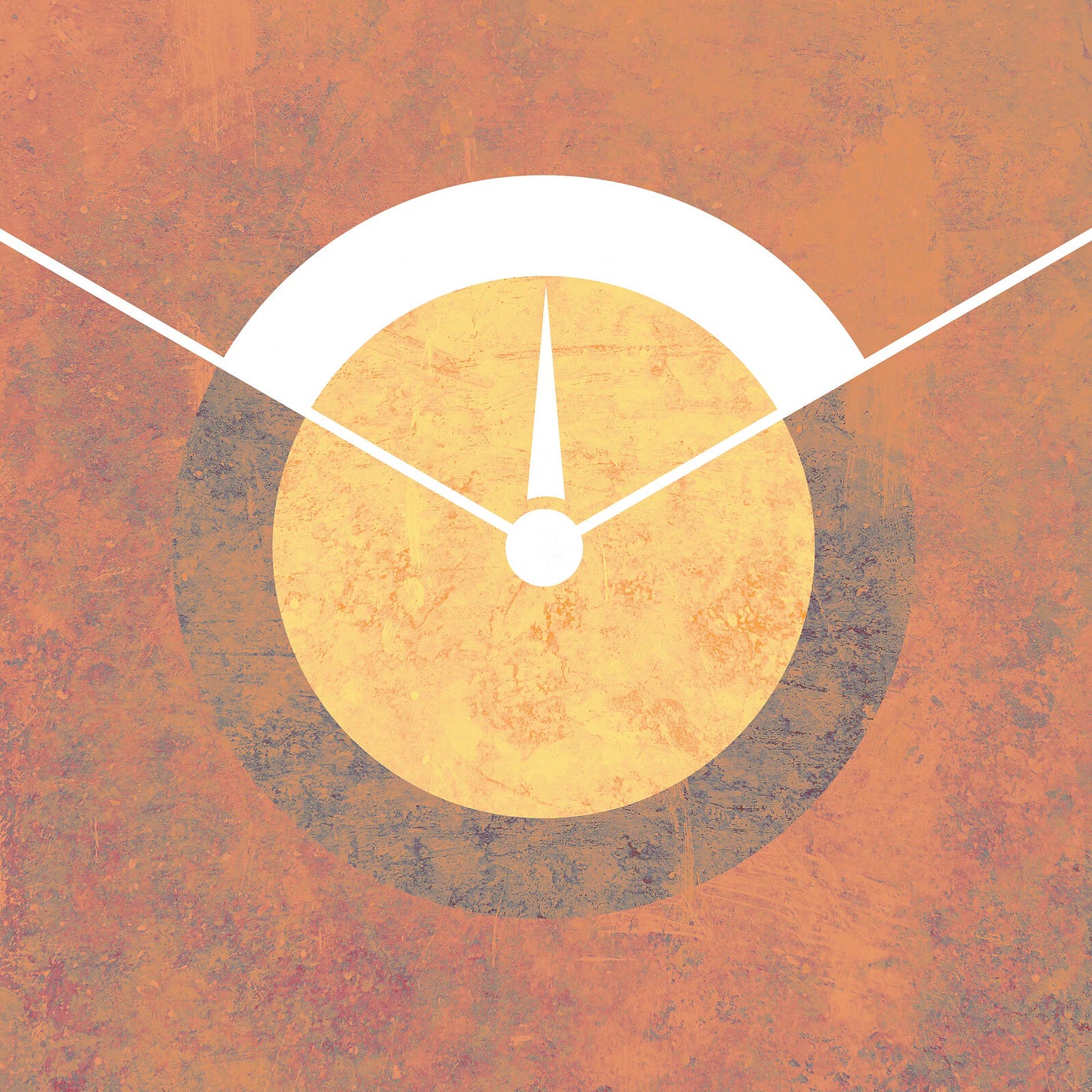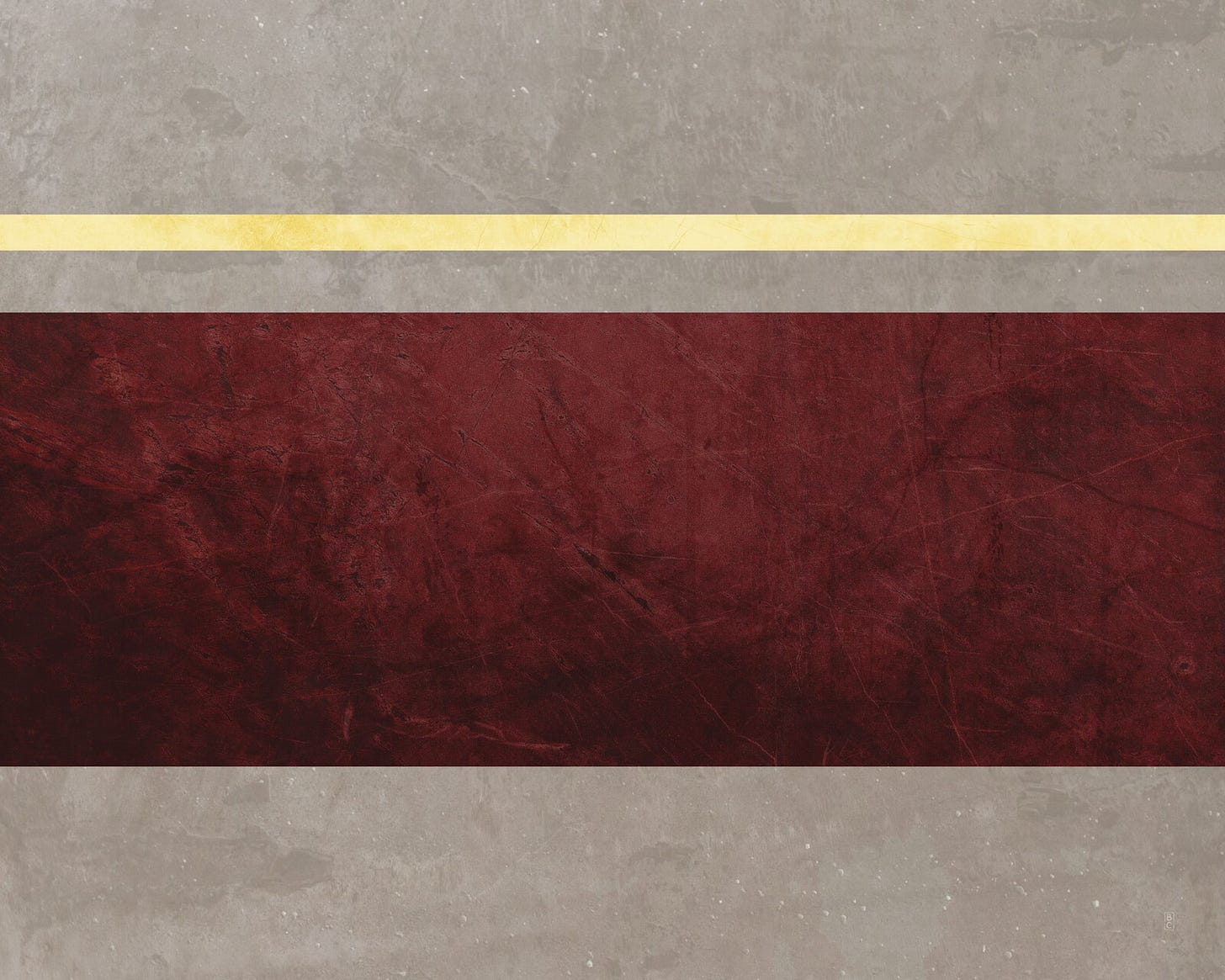In the early 1920s, leaders of The Church of Jesus Christ of Latter-day Saints faced a stark and uncomfortable decision. Looking to counter and put to rest scholarly criticism about the Book of Mormon, they tasked one of their own—LDS historian and general authority B. H. Roberts—with researching the book’s origins. Roberts spent years digging into every angle he could and came away with a conclusion neither he nor other church leaders wanted. His findings went unpublished until 1985, long after his death.1
In the wake of these findings, Church leaders sat at a crossroads. Would they embrace a messy, contested, and scholarly approach to learning, or would they embrace an approach that cleanly prioritized defending the faith? It was a pressing question for some leaders, as a 1935 survey of BYU students found that 62% didn’t believe in a literal devil, 64% believed in evolution, and 62% believed personal authority mattered more than institutional authority. How would the Church respond?
By the late 1930s, the decision had been made. J. Reuben Clark, a member of the Church’s first presidency, instructed a group of BYU professors at a yearly training that they were to defend the faith above all else. “These students crave the faith their fathers and mothers have,” he said. “They want it in its simplicity and purity.”
This approach quickly dominated LDS culture, with new apostles repeatedly referring back to Clark’s speech to show the way forward. By the 1960s the Church education system implemented a correlated learning program, where every LDS congregation across the world was given the exact same standard lesson to follow together each week. This and other initiatives had a substantial influence on the culture, and by 1973 only 5% of BYU students didn’t believe in a literal devil, 19% believed in evolution, and 12% believed personal authority mattered more than institutional authority.
And yet some Latter-day Saints expressed concern with this direction. Lowell Bennion, who wrote church manuals prior to the correlated program, warned that without great care this simple and pure approach could lead church members to value obedience over agency (authoritarianism), institutions over people (institutionalism), creeds over revelation (dogmatism), and “chosenness” over humility (self-righteousness). Around the same time, Richard Poll, a professor of history at BYU, published an essay that referenced two physical symbols from the Book of Mormon, asserting that while some Latter-day Saints focus on holding to the “iron rod” (privileging simplicity, sameness, answers, obedience, and hierarchy), other Latter-day Saints focus on following the “liahona” (privileging complexity, differences, questions, agency, and personal revelation).
We could use any number of names for these two approaches—form and formlessness, structure and flexibility, answers and questions, etc. The anglican priest William Ralph Inge spoke of the need for both the “institutional element” and the “mystical element” of religion. Other thinkers have written of the need for both tradition and faith. In each case, the point is that two “poles” (or complementary opposites) depend on and need each other.2 Without some form of shared language and tradition, we can’t fully nurture spiritual health. (We’re a social species and need shared language to worship together, after all.) Similarly, without the formlessness of spirituality—which, like the wind, “bloweth where it listeth”—we close ourselves off from the ongoing inspiration of the still small voice.
My sense is that all Latter-day Saints understand this in theory. We might think of Jesus, who participated in his Jewish religious tradition while also urging people to question strict views of the Sabbath, ritual cleanliness, boundary-keeping, and more. In this way Jesus wove together form and formlessness, tradition and faith, structure and flexibility. He used his gifts as a teacher and storyteller to call for a “both-and” community—a living tradition.
What might it look like to do the same today?
From my perspective, nurturing a living tradition requires us to follow what I might call the syntax of wisdom, which says, “Yes, we need both X and Y, and in this particular instance we need more Y.”
Put simply, what’s needed in any particular instance depends on context—the time and the place in which we live, as well as our unique spiritual gifts and the unique spiritual gifts of others in our community.
Personally, when I look at the contemporary Latter-day Saint context in Utah where I live, I see a community that has greatly benefitted from the gifts of form, religion, structure, and answers. I see the well-manicured landscaping of BYU campus and temple square, the stability that comes with a smooth transition of power after a Church president passes away, the vast amounts of wealth the Church has accumulated after careful investing, and so on. All of these things are the result of the work of the Church’s highest leaders, who bring their experience in fields like law, business, auditing, and organizational structure to make the Church run smoothly. This operational excellence gives Latter-day Saints a sense of stability, security, and safety. All of that is, in so many ways, a blessing.
And yet I wonder about the opposite pole—the open and expansive formlessness that comes with raw spiritual questioning. Is there space in the contemporary Latter-day Saint community for “not knowing” (truly not knowing) to balance the “knowing” of testimony meetings? Is there space for artists, storytellers, scholars, and philosophers when what they explore doesn’t fit the mold? Is there space for personal revelation even when it moves someone toward non-traditional beliefs and practices?
I realize that in posing these questions, I’m already hinting at my own position on the matter. And yet in doing so, I don’t mean to imply that everyone should agree with me or share my particular beliefs. I don’t even want everyone to share my beliefs, as that would lead to communal lopsidedness. The Body of Christ, to use the Apostle Paul’s metaphor, has many members.
I only wonder if it’s possible to more fully embrace both form and formlessness in community—and whether, to return to the syntax of wisdom, Latter-day Saints in the twenty-first century need more of the formless, as precarious as that might sound.
What if God is bigger than form, stability, structure, and safety? What if God also includes formlessness, creativity, flexibility, and risk?
What if a living tradition is always “both-and,” like the in-breath and the out-breath?
Jon Ogden is the cofounder of Uplift Kids, which helps families explore wisdom and timeless values together. To subscribe to his column, first subscribe to Wayfare, then click here to manage your subscription and turn on notifications for “One Step Enough.”
Art by Ben Crowder (@bencrowder)
These stories are recounted in Benjamin Park’s wonderful American Zion. They’ve also been told to millions of viewers of a docu-series about Mormonism from filmmaker Johnny Harris.
See the work of Thomas McConkie and John Kesler for a deep dive on polarities.






I think that Pres. Nelson was hinting at that push toward formlessness with his "Think Celestial!" injunction. How does a celestial being act, or react? God is pure, transcendent love. How do we, as mortal beings, grasp that concept and work with it here on earth? Our walk along the path of Christ involves much more than adherence to form and prescription; we must be "quick to observe", quick to heed prompts from the Spirit. I've noticed that the Spirit doesn't always require from me what I assume to be the form of the Church. He knows what He wants each of His children to do, and formlessness is sometimes it.